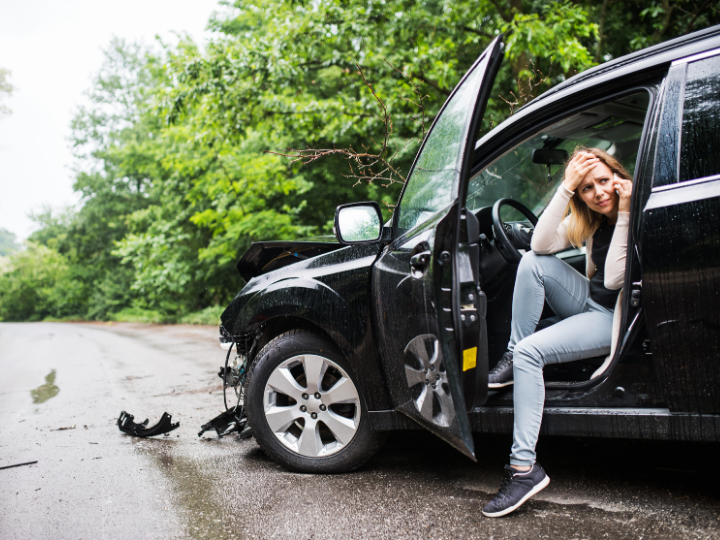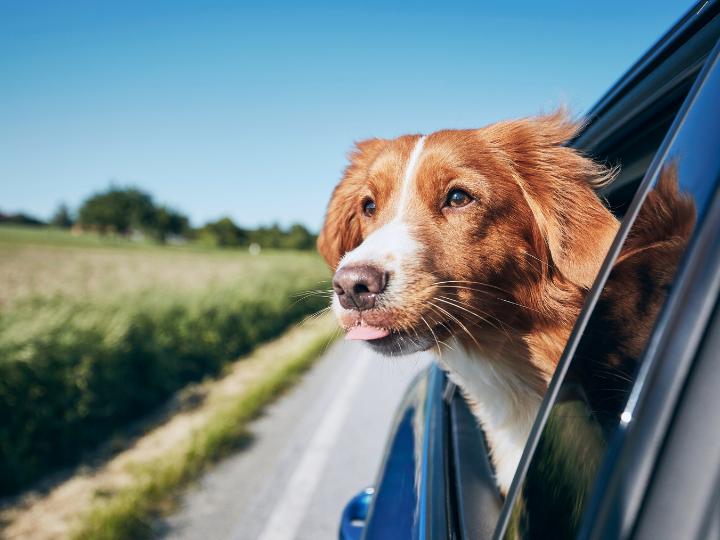Accidents involving motor vehicles are distressing and so abrupt that you may not realize what happened or how bad your injuries are. It is critical to review post-accident protocols when you are calm and collected. This 5-step plan can make the minutes following an accident less stressful — and the claims procedure a lot easier.
Step 1: Get to Safety
Immediately following the accident, pull over to the safest available area, if you can. Stop your vehicle engine and turn on the hazard lights. It is important to remember that you have a legal responsibility to remain or return to the accident site.
Allow yourself a chance to gather your breath. Before opening doors, make sure it is safe to get out of your automobile. Consider employing flares or other road safety measures if necessary. If you are injured or cannot move your automobile due to a blockage, you should remain in your automobile until emergency personnel such as firemen or ambulances arrive.
Step 2: Call Emergency Services
Check on any other affected parties, including motorists, passengers, and pedestrians, to ensure no one has been injured. If someone appears to be wounded, dial 911. Even mild symptoms, such as dizziness, should be evaluated by a medical expert. Accident injuries do not often manifest themselves immediately, and failing to seek medical assistance may result in severe issues.
In the case of an automobile collision, contact the police; and if there are any injuries, call an ambulance. Any injuries, or if substantial damage to automobiles and property, requires the presence of the authorities. Call the police if:
- Anyone suffers injuries
- Property damage exceeds $2,000
- You suspect drugs or alcohol were involved
Even in minor collisions, a police accident record can be helpful when communicating with your auto insurance company and other drivers. While on the site, collaborate freely but avoid accepting blame or blaming others. Allow the police to conduct an objective investigation to identify who, if anybody, is to blame for the collision.
If the police do not agree to attend, the collision must be reported to your local police force’s Collision Reporting Centre within 24 hours. In Ontario, you can call 416-745-3301. You can also find your city’s office at the Collision Reporting Centre Directory for Ontario.
Every province has slightly different reporting procedures. For example, in Toronto, you can report an accident at the Accident Support Services International.
Step 3: Document the Accident Scene
If it is safe and you are not injured, you can exit your car. You may now inspect the damage and figure out which vehicles were involved in the accident. In the aftermath of the accident, attempt to sum up as much detail as possible, including:
- Accident location
- Date and time
- Weather conditions
- Road hazards
- Driving speed
- Names of drivers and passengers
- Numbers on license plates
- Insurance information
- Makes and models of all vehicles involved
- Contact information for any witnesses
- Police officers’ names and badge numbers
Take images of the accident site if you have a device with a camera. They will be helpful during the insurance claim procedure. Keeping an auto accident worksheet in your vehicle in case of emergencies is ideal.
In your own words, write down the following details. You may use the audio recorder on your phone, a note-taking tool, or even write yourself an email with the details. Making a diagram of the collision can also help you remember the details later.
It is critical to jot down this information while it is still fresh in your mind and before speaking with others, which could affect your statement. The best policy is honesty.
Step 4: Notify Your Accident Benefits Provider
Anyone involved in a collision involving an insured car or vehicles, including the at-fault driver, can receive Accident Benefits. Payments are made by the insurance company of the at-fault driver or others involved in a crash.
That means you are entitled if you are a motorist, a passenger, a bystander, a cyclist struck while driving on the road, or a family member who lost a loved one in an accident. Each side will make a claim with the at-fault driver’s insurance carrier.
After an accident, obtain pertinent information, including the names of the drivers, their identification documents, license plate numbers, insurers, and policy numbers, as well as your personal account of what happened.
An insurance claims adjuster will contact you by phone or in person after your claim has been reported. Then, they will go through the various coverages with you and assist you with the claim procedure. If anything is unclear, ask for clarification; they are there to assist you. If you are injured in a collision, you will need to fill out documents your claims adjuster will provide you, such as:
- Accident Benefits application
- Income confirmation from your employer
- Disability certificate
- Treatment confirmation
- Health information disclosure form
Ontario Accident Benefits insurance is a compulsory auto policy that compensates you, passengers, or other injured parties in a car accident, and who was at fault is irrelevant. This protection assists with rehabilitation, replacing lost income, and other expenses, like a caretaker or burial costs.
The Statutory Accident Benefits Schedule (SABS) is required on all vehicle insurance plans in Canada (excluding Newfoundland and Labrador), with regional variances in types and compensation amounts. Depending on where you reside, Accident Benefits are referred to as “Section B” benefits.
Step 5: Call Your Auto Insurer
Notify your Ontario Auto Insurance or Niagara Auto Insurance provider within seven days, preferable within 24 hours of the accident. Otherwise, your insurance company may refuse your claim. Some details to gather before calling your insurer are:
- Your detailed accident notes
- Headcount of people involved and passenger information
- Your car’s license plate number, registration, make, year, and model
- The names, license plate numbers, and registration information for other drivers
- Description of all injuries
- Description of all damages
- Name of the other drivers’ insurance companies
Generally, if the accident was your fault, your insurance premiums will likely rise. There are certain exceptions, like if your coverage includes accident forgiveness, which forgives the first-time accident.
Final Thoughts
It could take a long time and effort to recover from the effects of a catastrophic vehicle accident. Keeping these procedures in mind, and getting legal guidance, will alleviate the stress and get you back on track.
At Duliban Insurance, we can help you get compensation after a car accident. We have the expertise and experience to help you complete your claim in under 20 minutes.
Contact Duliban Insurance today if you were injured in a vehicle accident and require assistance from one of our representatives. Alternatively, you can file a claim or request Roadside Assistance using our self-serve portal.












